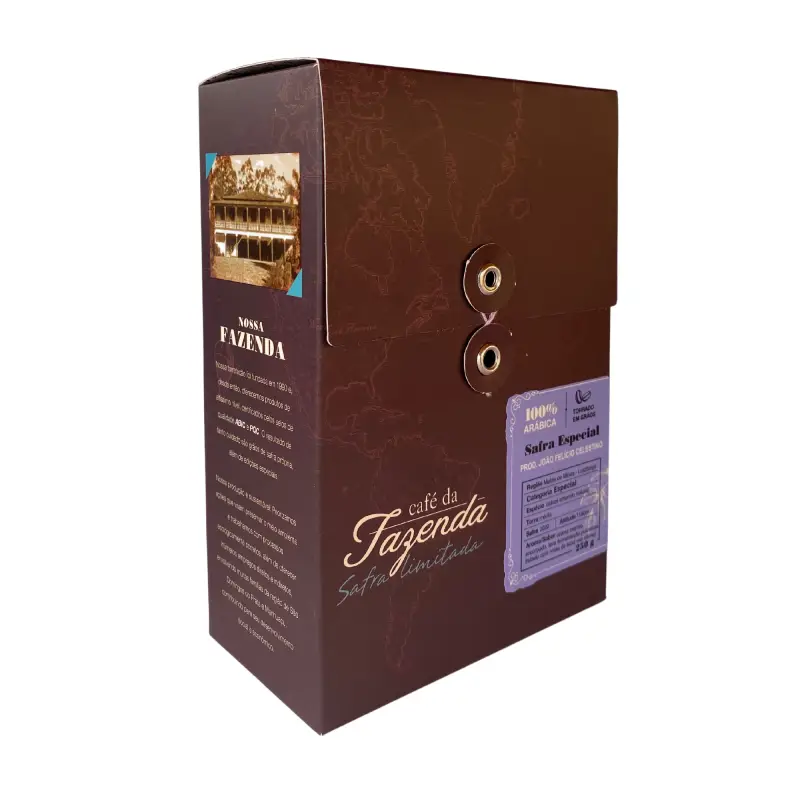The coffee tree is a plant native to the Ethiopian steppes. Its fruit, like guarana for the Indians of Brazil, was used by these African peoples for many centuries in the making of drinks. From Africa its use passed to the Persians, from these to the Arabs who publicized it from the 15th century onwards as a great stimulant. Thus, its seeds spread throughout the Islamic world. With the trade with the Arabs, coffee arrived in Constantinople and soon after in Europe, so, in short, coffee gained the taste of thousands of people from the East to Europe.
Coffee consumption became very popular in Europe during the 17th century, where all production came from Arabia on small scales. As the coffee culture was very profitable, it spread to all corners of the globe, where it could acclimatize, but the demand for coffee was much greater than production, generating a lack of the product in the market.
In South America the plant arrived at the hands of the French when they were trying to colonize the New World. In an attempt to put down roots in this continent, the first coffee seedlings were brought to Brazil – by Brazilians in contact with the French – in 1727, planting them in Belém do Pará. Almost from hand to hand, the coffee seeds went “down” the coast of the Brazilian coast, being tried in several Brazilian provinces (later States) until arriving in Rio de Janeiro in the 1770s, being in this city where the plant found incredible adaptation.

More article
Latest article

Know which one to buy

Types of Coffee



